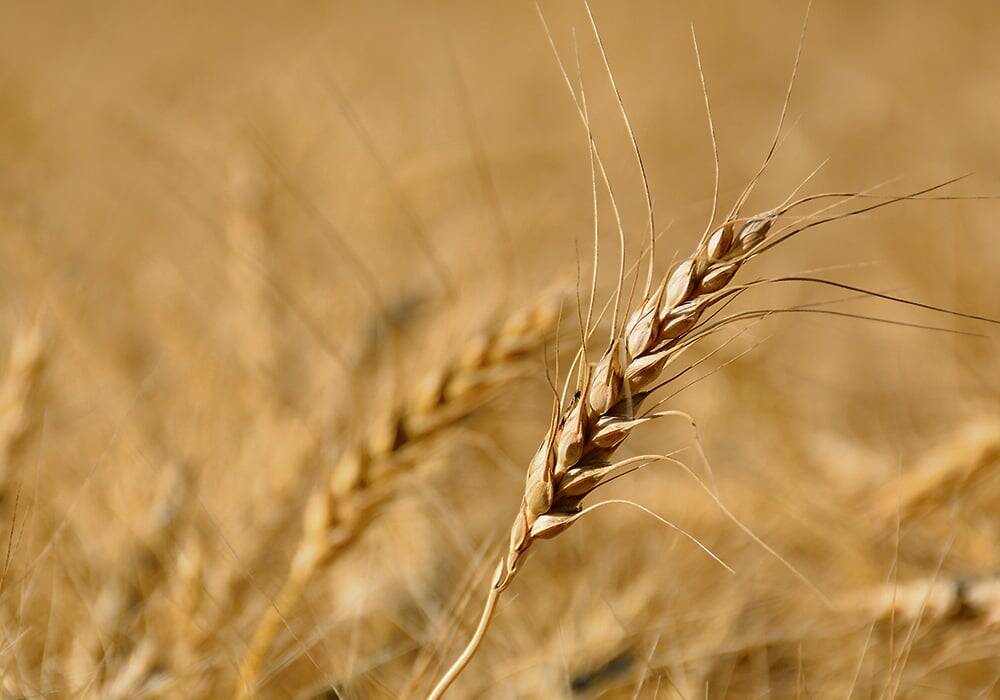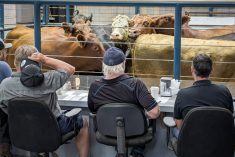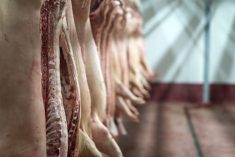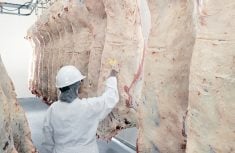The beef complex has been heavily influenced by adverse winter weather in the major urban areas of Eastern Canada and along the U.S. Eastern Seaboard.
Restaurant traffic and retail beef movement have been slower than expected as consumers endure unprecedented snowstorms. While average consumer spending generally slows the first two months of the year, increased social security taxes and historically high gas prices have resulted in further spending contraction.
Wholesale beef prices have struggled to move higher, which has limited the upside in fed and feeder cattle prices. Cattle prices usually strengthen in March and April but the current environment is causing counter-seasonal price activity.
Read Also

Prairie CWRS bids rise, other wheats mixed
Canada Western Red Spring (CWRS) wheat bids across the Prairie provinces saw some strength during the week ended Nov. 11, taking some direction from the United States futures. However, other wheat classes were mixed.
Western Canadian feeder cattle prices were steady to $3 per hundredweight (cwt) lower last week. Feature sales included a small group of silver 800-pound steers which sold for $126/cwt in east-central Alberta. Larger-frame Simmental-cross steers with medium flesh averaging 700 lbs. sold for $136 at the same sale. Red Angus-cross steers averaging 650 lbs. sold for $155 north of Calgary. British cross heifers weighing 820 lbs. sold for $120 in southern Alberta.
Feedlot margins drifted lower into red ink last week, with Alberta packer bids in the range of $111-$114/cwt, down $2-$3 from seven days earlier. The optimism last fall is a distant memory, with the investment cattle feeder totally pulling in the reins. Feedlot operators can’t pencil out a profit with feeder cattle at the current levels and a tight feedgrain situation further amplifies the risk moving forward. Western Canada is also experiencing colder temperatures and snow this week which will slow buying interest.
It is difficult to justify higher feeder cattle prices over the next couple of weeks. Look for the market to trade sideways to slightly lower. Despite the year-over-year decline in first-quarter beef production, the market needs to encourage demand through lower prices.
— Jerry Klassen is a commodity market analyst in Winnipeg and maintains an interest in the family feedlot in southern Alberta. He writes an in-depth biweekly commentary, Canadian Feedlot and Cattle Market Analysis, for feedlot operators in Canada. He can be reached by email at [email protected] for questions or comments.














